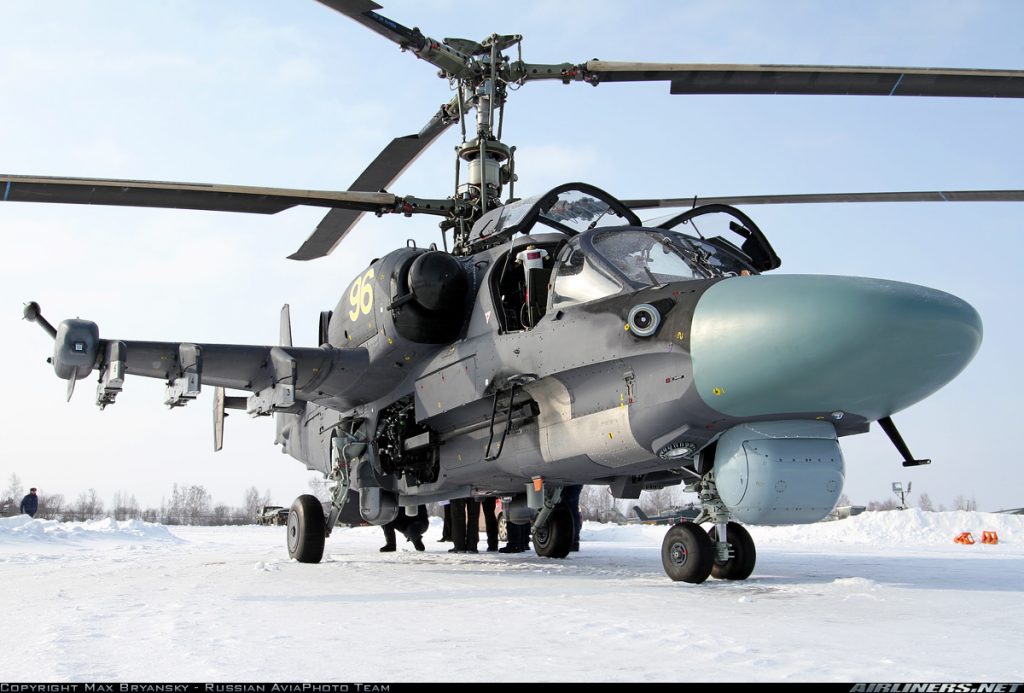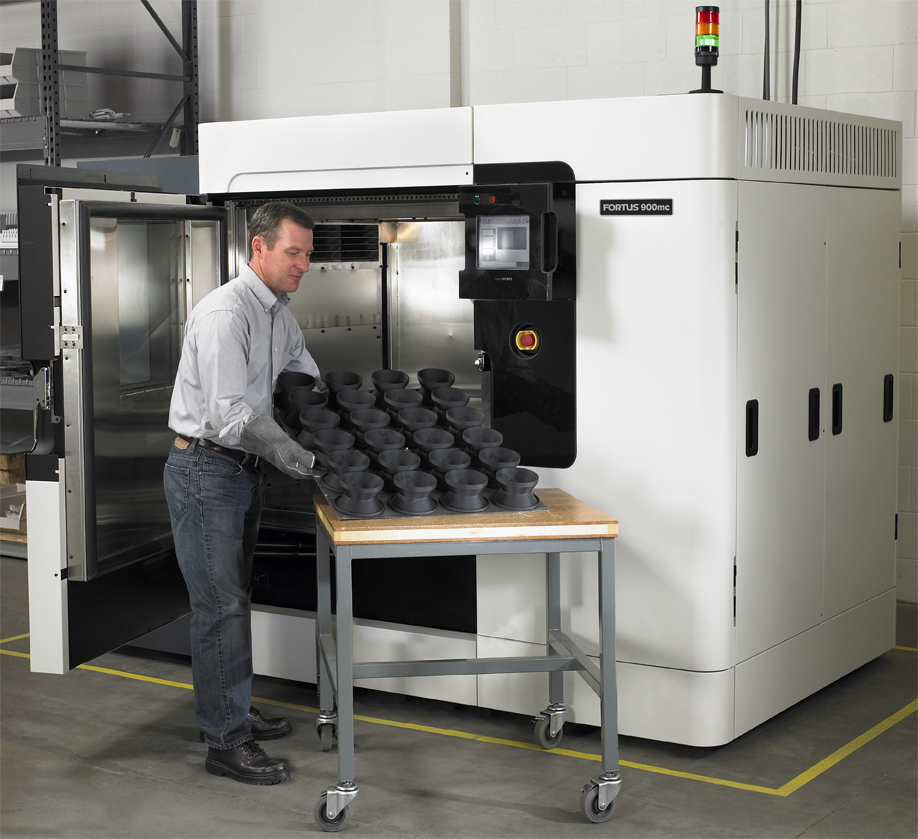This week at HELIRUSSIA 2018 in Moscow, Andrei Boginsky, CEO of Russian Helicopters – the world’s 24th-largest defense contractor, endorsed additive manufacturing’s role in the future of world aviation.
This year the company is premiering its next generation Mi-171A2 helicopter at the show, alongside the use of additive technologies and applications of topology optimization.
Boginsky comments, “apart from the big premiere of the light multifunctional helicopter,” (the Mi-171A2) “the focus will be made on the presentation of successes in the sphere of additive technologies and topology optimization.”
“These are the areas that will change the outlook of world aviation in the near future.”

Modernization of a legacy
At present, Russian Helicopters conducts production at five plants across the nation. Progress Aresenyev Aviation Company (Progress AAC) is one of these plants located in the Far East of Russia.
Founded in 1936, Progress AAC started our as an aircraft repair facility. Now, the site is responsible for the production of the Kamov Ka-52 “Alligator” attack helicopter, and mastering the mass production of the new Ka-62 multirole helicopter for the civilian market.
After undergoing modernization, Progress AAC now employs 3D printing to the production of patterns and molds for Ka series helicopter components.
For FDM, the factory has the Stratasys FORTUS 900MC. With a build size of 914.4 x 609.6 x 914.4 mm (36 x 24 x 36 in) the 900MC has one of the largest print beds of any machine of its kind.
Binder jetting at Progress ACC is performed by the ExOne S-Max® Industrial Production 3D printer, used to make the sandcasts used in metal founding.

A burgeoning industry
On the undertaking of his role as CEO in 2017, Boginsky said “Our goal for the near future is to focus on developing new products and improving quality of after-sales service. In particular, we need to create a service system that meets the best international practice.”
Recently, in the wider Russian aviation industry, aircraft engine builder Aviadvigatel became the co-recipient of $1.13 billion in state funding for next generation PD-35 engine research and development, which includes the use of additive technology.
In the summer of 2017, cosmonaut Fyodor Yurchikhin also successfully launched the country’s first 3D printed satellite. In the same year, Tomsk Electronic Technologies developed the nation’s first electron beam metal 3D printer.
For more updates on how Russia and other countries are applying additive manufacturing to production, subscribe to the 3D Printing Industry newsletter, follow us on Twitter and like us on Facebook for all the latest stories.
Sign up to 3D Printing Jobs and seek new opportunities in your field.
Featured image shows Russian Helicopter’s new Mi-171A2. Photo via HELIRUSSIA 2018



